Gyeongju Gyochon Traditional Village (경주 교촌마을)
.0M 2025-05-21
39-2 Gyochon-gil, Gyeongju-si, Gyeongsangbuk-do
At Gyeongju Gyochon Village, visitors can see the House of the Gyeongju Choi Clan (Important Folklore Material No. 27) and try some Gyeongju Gyodong Beopju Liquor (Important Intangible Cultural Asset No. 86-3). The village centers around the Gyeongju Choi Clan, a family known to have maintained their wealth for over 12 generations, producing many important people. Visitors can learn about the lifestyle and spending habits that enabled the family to do this. The village is also home to the site of Yoseokgung, the house of Silla Princess Yoseok. Nearby attractions include Gyerim Forest, Naemulwangneung Royal Tomb, and Gyeongjuhyanggyo Local Confucian School.
Yosukgung 1779 (요석궁1779)
191.7M 2025-03-18
19-4 Gyochonan-gil, Gyeongju-si, Gyeongsangbuk-do
Named after Silla King Muyeol's daughter Princess Yoseok, Yosukgung 1779 is a fine dining restaurant that serves traditional Korean food. The resturant is run by the Choi family, who settled on the site of Princess Yoseok's house during the Joseon dynasty, and has passed on the restaurant and family recipes through 12 generations. All the foods served are made with organic ingredients, for a healthy taste that cannot be found anywhere else.
Silla Sori Festival - Emille (신라소리축제 에밀레전)
241.1M 2021-01-08
274, Gyo-dong, Gyeongju-si, Gyeongsangbuk-do
• 1330 Travel Hotline: +82-2-1330 (Korean, English, Japanese, Chinese) • For more info: +82-53-427-5114
Silla Sori Festival mainly focuses on the King Seongdeok Divine Bell (Emille Bell), established during the Unified Silla period, and takes place in Gyeongju, embracing its thousand-year-old heritage. The festival has been held to acknowledge the value and legacy of this traditional Korean bell dating back to the Silla period.
Gyeongjuhyanggyo Local Confucian School (경주향교)
254.9M 2025-06-12
27-20 Gyochonan-gil, Gyeongju-si, Gyeongsangbuk-do
Gyeongjuhyanggyo Local Confucian School is located near Gyochon Hanok Village in Gyeongju. The surrounding areas, Gyochon, Gyori, and Gyodong, derive their names because of this school. Although the exact date of its original construction is unknown, Gyeongju Hyanggyo was renovated during the reign of King Seongjong of the Joseon Dynasty, modeled after Seoul’s Seonggyungwan National Academy. The buildings follow the typical Confucian layout of “hall in the front, shrine in the back.” While seowon were private academies, hyanggyo were public institutions. Although it no longer serves the educational purpose, every spring and autumn it hosts traditional Confucian rituals. It also offers cultural programs such as tea ceremonies, rice-cake pounding, and archery. From April to October it hosts traditional Korean-style demonstration weddings, where visitors can participate in the ceremonies for free.
Woljeonggyo Bridge (월정교)
276.1M 2025-06-13
274 Gyo-dong, Gyeongju-si, Gyeongsangbuk-do
+82-54-772-9289
Woljeonggyo Bridge, located in Gyo-dong, Gyeongju, was built during the Unified Silla period (AD 676-935), but was burnt down during the Joseon dynasty. Through historical research, the bridge was rebuilt in April 2018 to become the largest wooden bridge in Korea. According to Samguk Sagi (History of the Three Kingdoms), the bridge was built during the 19th year of King Gyeongdeok’s reign (AD 760), connecting Wolseong and Namsan together. The historical research to rebuild the bridge lasted from November 26, 1984 to September 8, 1986, finding that the bridge was made with wood for the first time. The first rebuilding of the bridge was from 2008 to 2013 and the finishing touches were added from April 2016 to April 2018. Through this research and rebuilding process, future restoration of historical buildings have a better reference to use.
Gyeongju Royal Tomb of King Naemul (경주 내물왕릉)
420.3M 2020-04-04
Gyo-dong, Gyeongju-si, Gyeongsangbuk-do
+82-54-779-6100
King Naemul was the 17th monarch of the Silla Kingdom (in power from 356 to 402) and became the second king of the Kim family name. King Naemul was known as the first king to initiate the king title of ‘Maripgan’ and was known for spreading cultural advancements from China to the Korean people. When the allied forces of Baekje and Japan attacked, he asked Gwanggaeto the Great of Goguryeo for help and led the people to victory, contributing to the increased strength of the Silla Kingdom. After his rule, the throne was exclusively ceded to members of the Kim family clan.
The royal tomb of King Naemul is a large mound (22 m in diameter and 5.3 m in x_height) that sits on the northern hill of the Confucian school of Gyeongju. The edge of a natural stone is exposed around the bottom of the mound, pointing to the fact that the inner chamber tomb was made of stone. In the historical document Samguk Sagi (History of the Three Kingdoms), no records are found about the tomb, but the Samguk Yusa (Memorabilia of the Three Kingdoms) describes the king’s tomb as being located in the southwest of Cheomseongdae, which is consistent with the tomb’s location.
Wadamjung (와담정)
450.7M 2024-08-01
18 , Cheonwon 1-gil, Gyeongju-si, Gyeongsangbuk-do
+82-54-772-5400, +82-10-6571-3412
Wadamjeong in Cheonwon Village, Gyeongju, Gyeongsangbuk-do, is a hanok pension combining traditional style and atmosphere with modern convenience. All rooms have air-conditioning/heating and a bathroom with toilet. The stand-alone guestroom has its own kitchen, while other rooms have basic cooking facilities in a shared kitchen. In the spacious yard - decorated with traditional landscape scenes - visitors can try out traditional games such as Jegi (shuttlecoks) and Tuho (arrow-throwing). Historic sites such as Cheomseongdae and the Gyeongju Museum are all nearby.
Gyeongjuhanok 1st (경주한옥1번가)
460.3M 2024-12-19
20 , Cheonwon 1-gil, Gyeongju-si, Gyeongsangbuk-do
+82-10-9505-5367
Standing at the entrance of Cheonwon Village in Gyeongju, Gyeongsangbuk-do, Gyeongju Hanok First is a hanok stay combining the beauty of tradition with modern convenience. All rooms are Korean-style with comfortable bedding on the floor, and all have a toilet and bathroom. One guestroom has its own kitchen, while the others have basic cooking facilities in a shared kitchen. The spacious yard is decorated with figurines in traditional clothes. Nearby tourist attractions include Anapji Pond, Cheomseongdae Observatory, and Gyeongju Museum.
SOSEOLJAE (소설재(첨성대점))
488.5M 2024-08-01
46 , Poseok-ro 1050beon-gil, Gyeongju-si, Gyeongsangbuk-do
+82-10-2237-6560
Located on a side street in Cheomseongdae in Gyeongju, Gyeongsangbuk-do, Soseoljae is a hanok stay combining traditional charm with modern facilities.The larger stand-alone guestroom has its own tea room, while 11 other rooms accomodate 2 or 3 people. All rooms are equipped with a toilet/bathroom and air conditioning/heating, and there is a small cafe at the hanok entrance. Soseoljae is close to Gyeongju Station and Gyeongju Express Bus Terminal and tourist attractions such as Cheomseongdae, Daereungwon, and Hwangnyongsaji are also nearby.

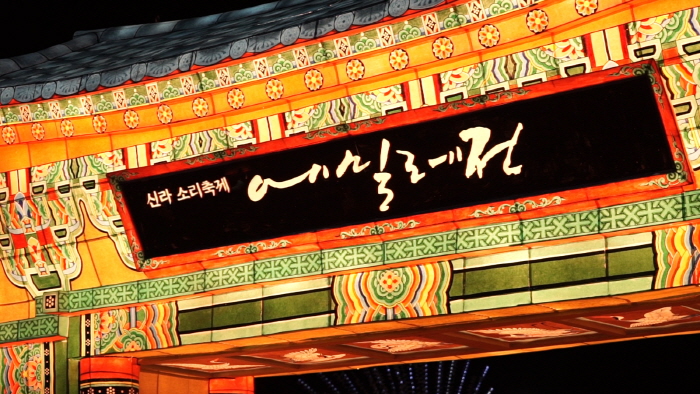
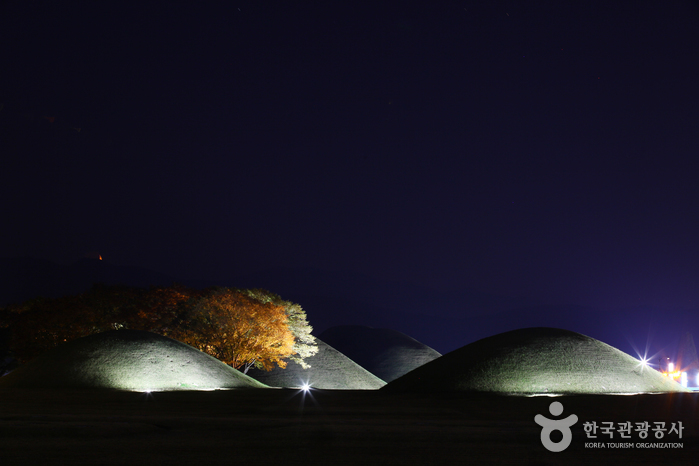
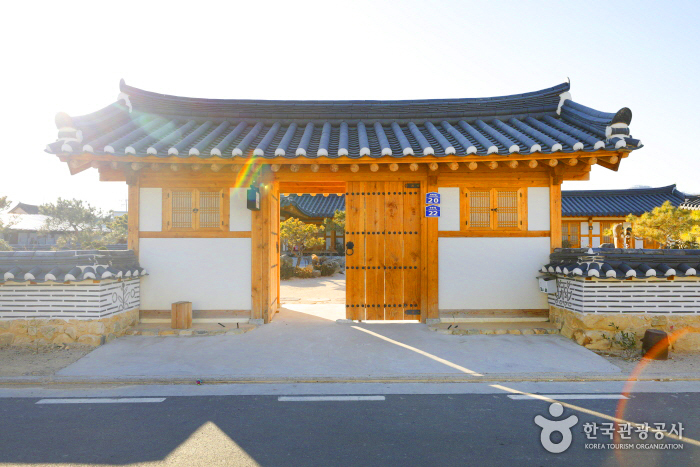
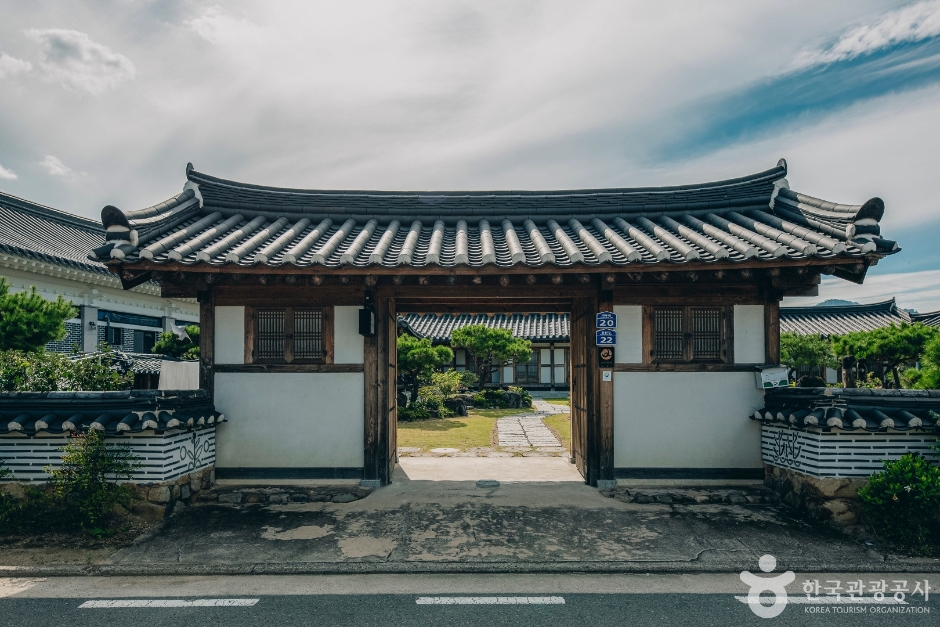
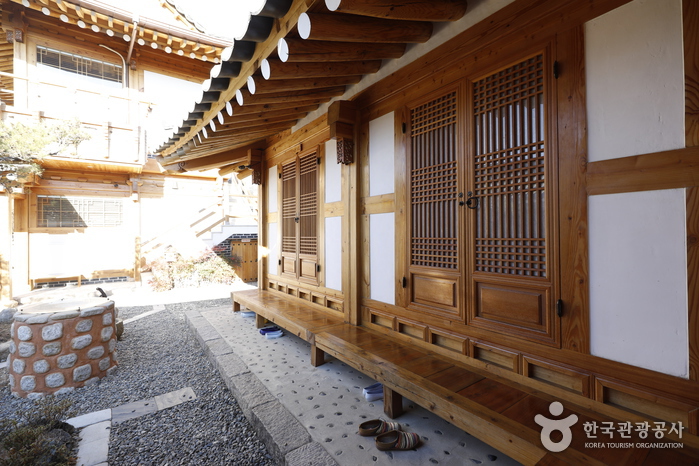
 English
English
 한국어
한국어 日本語
日本語 中文(简体)
中文(简体) Deutsch
Deutsch Français
Français Español
Español Русский
Русский